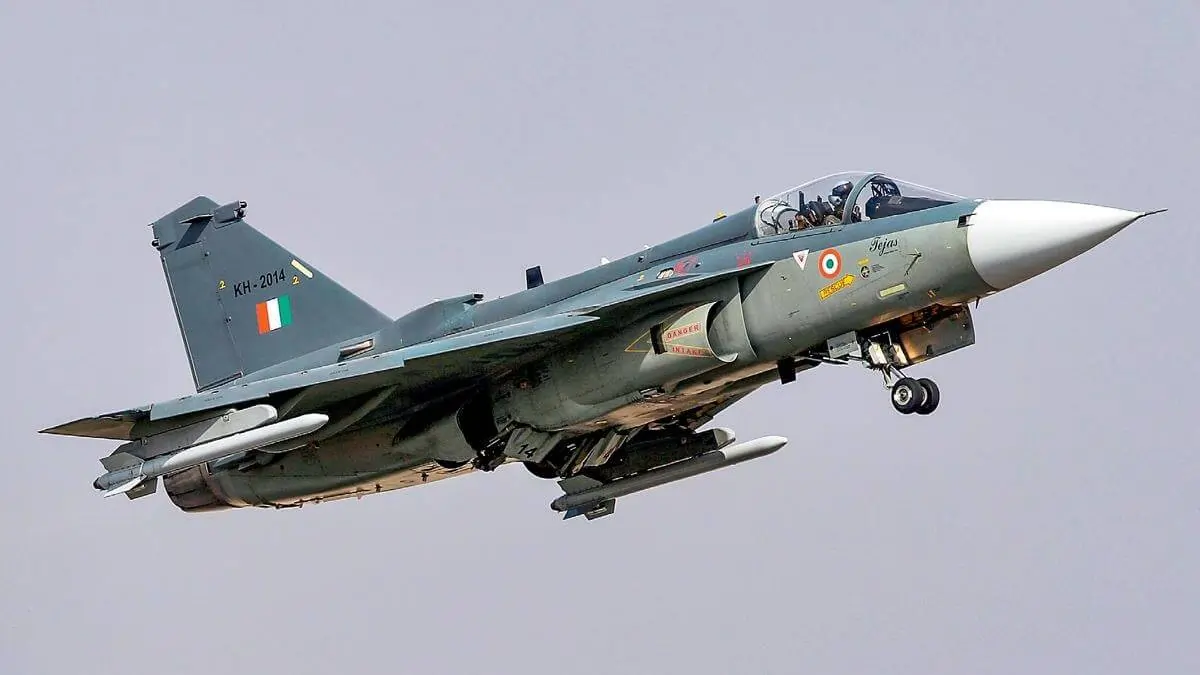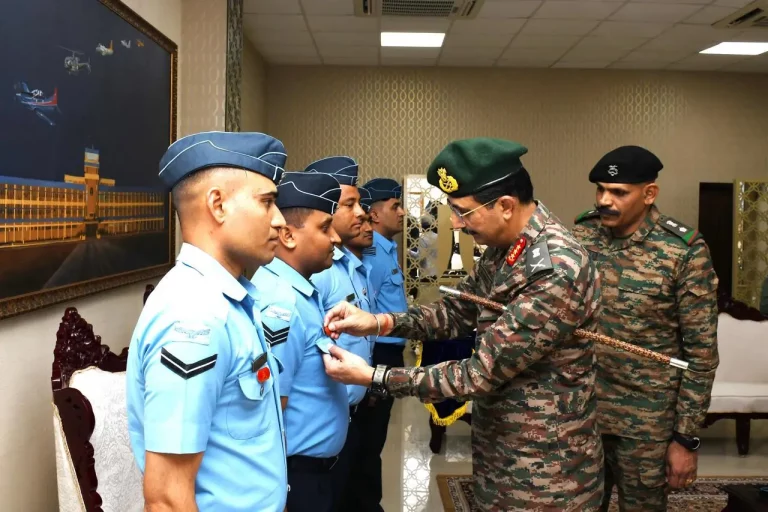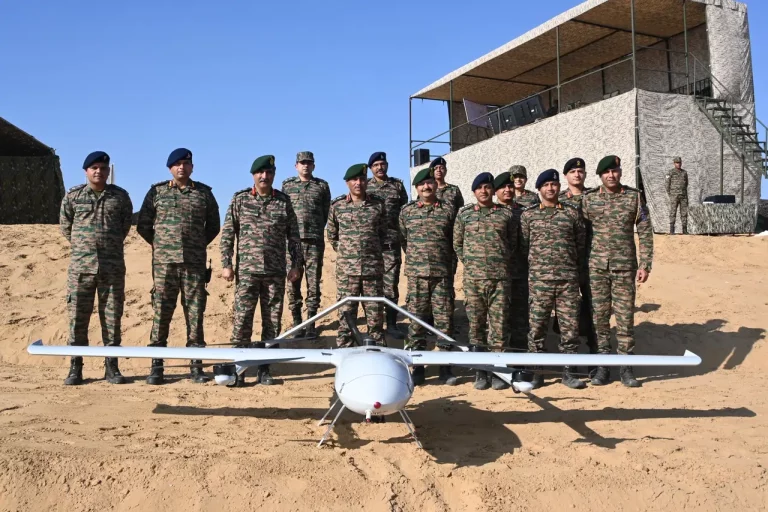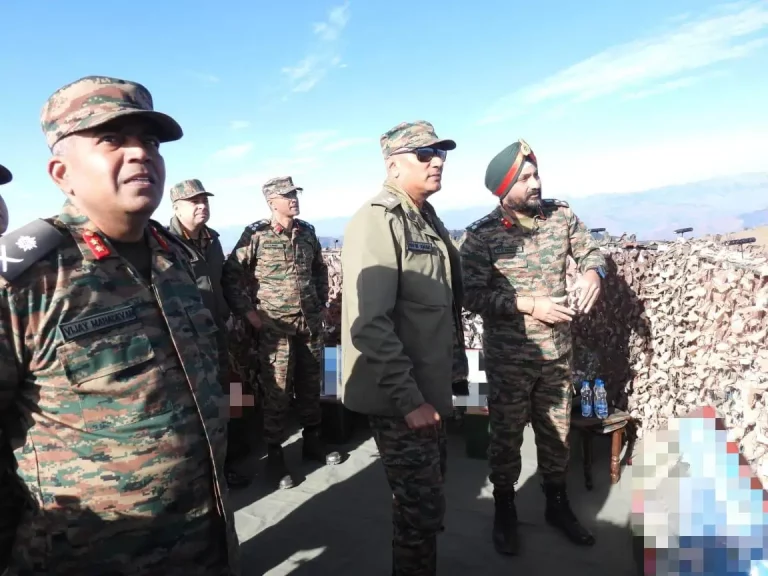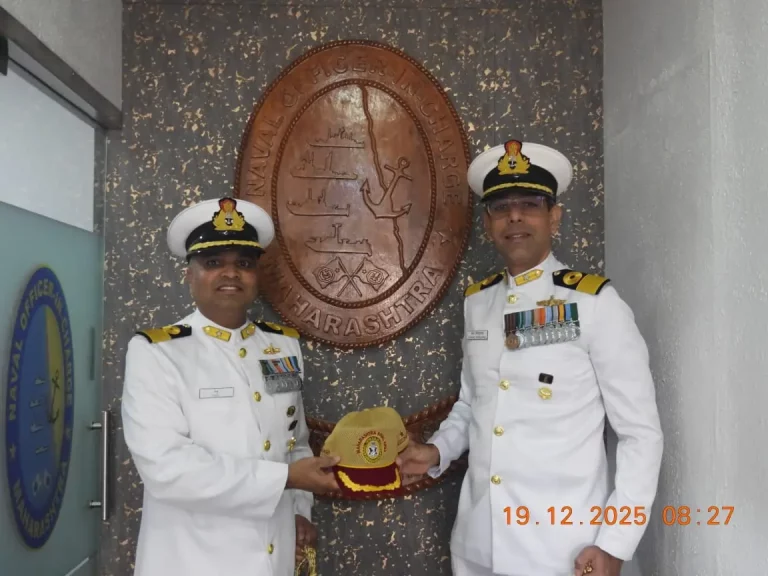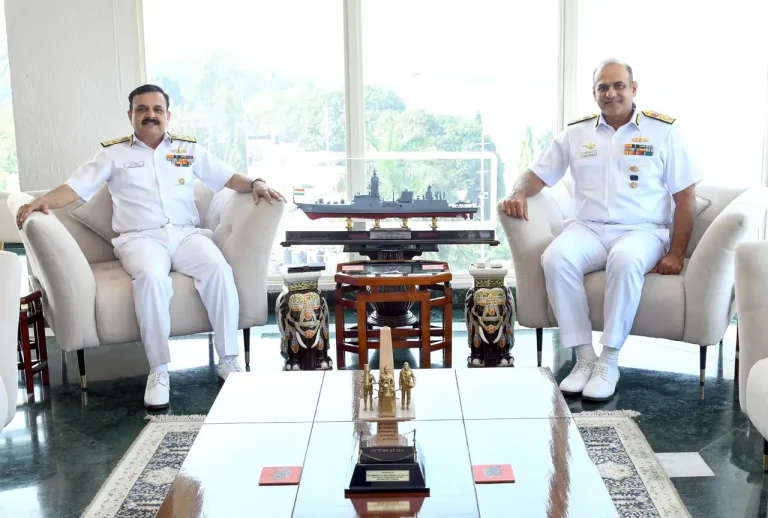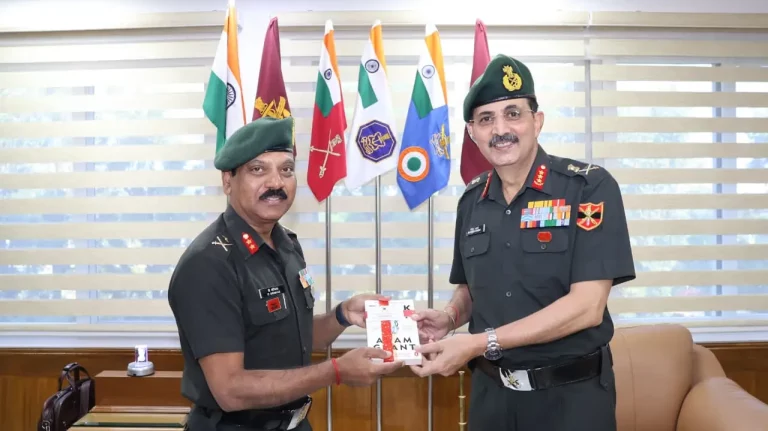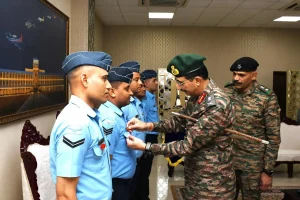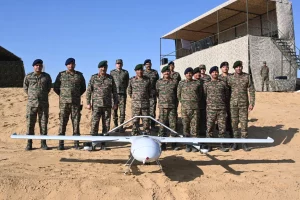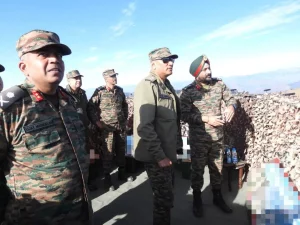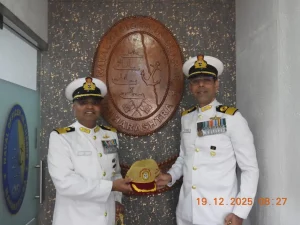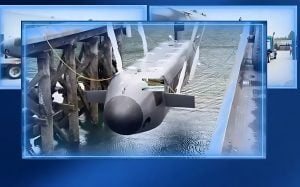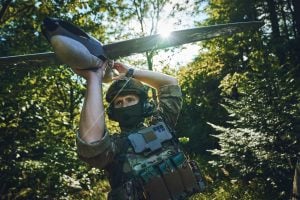In a landmark development in global military standings, India has achieved the status of possessing the third most powerful air force in the world, surpassing China, as highlighted by the latest rankings from the World Directory of Modern Military Aircraft (WDMMA). The United States retains its position as the foremost global air power, followed closely by Russia. This shift underscores a significant recalibration of air capabilities in Asia, with India firmly establishing itself as a key player.
The WDMMA assessments evaluate 103 countries and 129 military air services, encompassing army, navy, and marine aviation branches. The evaluation considers a multitude of factors including fleet size, combat proficiency, logistics, modernization, and the effectiveness of operational training. India’s air force has achieved a TruVal Rating (TVR) of 69.4, boasting an expansive fleet of 1,716 aircraft. The fleet is strategically composed, featuring 31.6% fighters, 29% helicopters, and 21.8% trainers, with equipment sourced from both the United States and Russia.
India’s capability was recently illustrated during Operation Sindoor, a series of precision air strikes conducted in May 2025, aimed at crucial infrastructure within Pakistan and Pakistan-Occupied Kashmir. This operation was initiated in response to a terror attack that occurred on April 22 in Pahalgam, and it showcased the Indian Air Force’s (IAF) ability for precision strikes, effective coordination, and strategic operational reach, further reflecting its advancing air dominance in the region.
In contrast, China, once ranked third, has now fallen to fourth place with a TVR of 58.1. Despite ongoing modernization efforts and technology investments in its fleet, challenges in training, close-air support, and specialized bomber capabilities have played a critical role in its drop in rankings relative to India.
The United States Air Force remains a formidable presence with a commanding TVR of 242.9, supported by a diversified arsenal including strategic bombers, multi-role fighters, transport aircraft, air tankers, and specialized mission-support platforms. Russia, while securing the second rank, operates with roughly one-third of the air capabilities available to the U.S., allowing India to establish a significant lead over other nations in air power.
The rankings also include notable air forces from other countries, such as U.S. Army Aviation, U.S. Marine Corps Aviation, and the Japan Air Self-Defense Force, among others. Experts assert that India’s burgeoning air capabilities are indicative of a broader shift in regional power dynamics, particularly within South Asia. This transformation is expected to significantly influence strategic planning, defense posture, and deterrence strategies on a global scale in the years to come.
